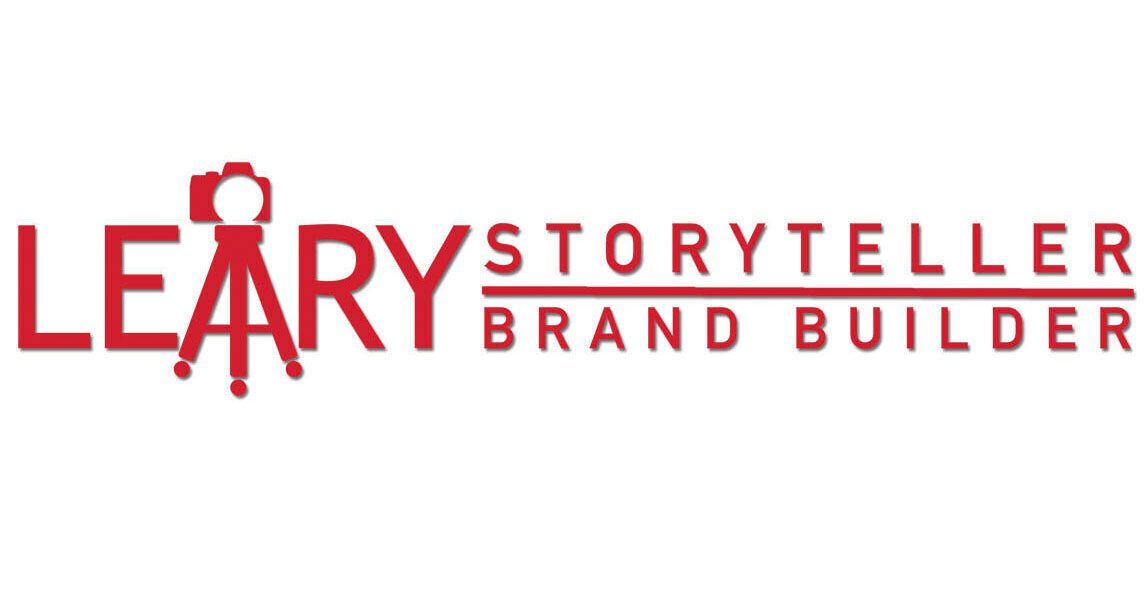You’ve made the shift. You’re no longer just reporting what you do—you’ve embraced the power of story. But now you’re stuck.
You might ask: If I lead with a story, how will people know about all the amazing work we do? Am I missing something?
That’s a fair question. And it’s one I always hear when organizations begin transitioning from traditional reporting to transformational storytelling. So let’s talk about it.
Why Story First Still Works
Science backs it up: stories work.
Neuroscience research shows that stories activate more brain areas than facts alone. According to one study, stories are 22 times more memorable than straight facts. Storytelling also increases the likelihood of staying engaged because a good story makes them feel something. And if they think something, they stick around.
But here’s the thing: you don’t have to cram everything you do into one story. That’s actually where many organizations go wrong. They try to make one story do too much, and instead of being engaging, it becomes overwhelming or confusing.
Instead of over-communicating, think of storytelling as a conversation starter.
Authentic Storytelling Creates Dialogue, Not a Data Dump
When you tell an authentic story that focuses on the transformation of someone you serve, you open the door for connection. That connection leads to curiosity. And curiosity leads to deeper engagement.
This isn’t about hiding what you do. It’s about building trust through the long game.
You’re not broadcasting a list of services. You’re inviting someone into a journey—one story at a time.
Yes, it may feel like you’re leaving things out. That’s normal.
But the goal isn’t to overwhelm your audience with everything at once. It’s to draw them in, hold their attention, and keep it.
Think of your communication like a TV series, not a documentary. You don’t give it all away in episode one. You let people walk with you, learn over time, and fall in love with the bigger mission.
A Simple Storytelling Campaign Formula
Here’s a simple framework to help you structure a storytelling series that stays engaging and still informs your audience over time:
1. Pick a Theme
Choose one aspect of your mission (e.g., clean water, education, healthcare) and focus your following few stories around that.
2. Tell a Transformation Story
Start with one powerful story from someone impacted by that part of your mission. Use the “Before – Turning Point – Transformation – New Life” framework.
3. Sprinkle in the Details
After you tell the story, use a follow-up post highlighting the programs, partners, or process that made the transformation possible. This is where you can naturally add your reporting, because now your audience cares.
4. Repeat with a New Story
Move on to the next person, the next facet of your work, the next life changed. Continue the rhythm: story first, details after.
Engagement Is the Goal
Remember, the aim isn’t to educate your audience on everything you do in one post. It’s to keep them coming back. You should create content that doesn’t just inform—it invites people into a relationship with your mission.
If they stay engaged, you’ll have plenty of time to tell them everything you do. But first, you have to earn their attention. And the best way to do that?
Tell a good story.

